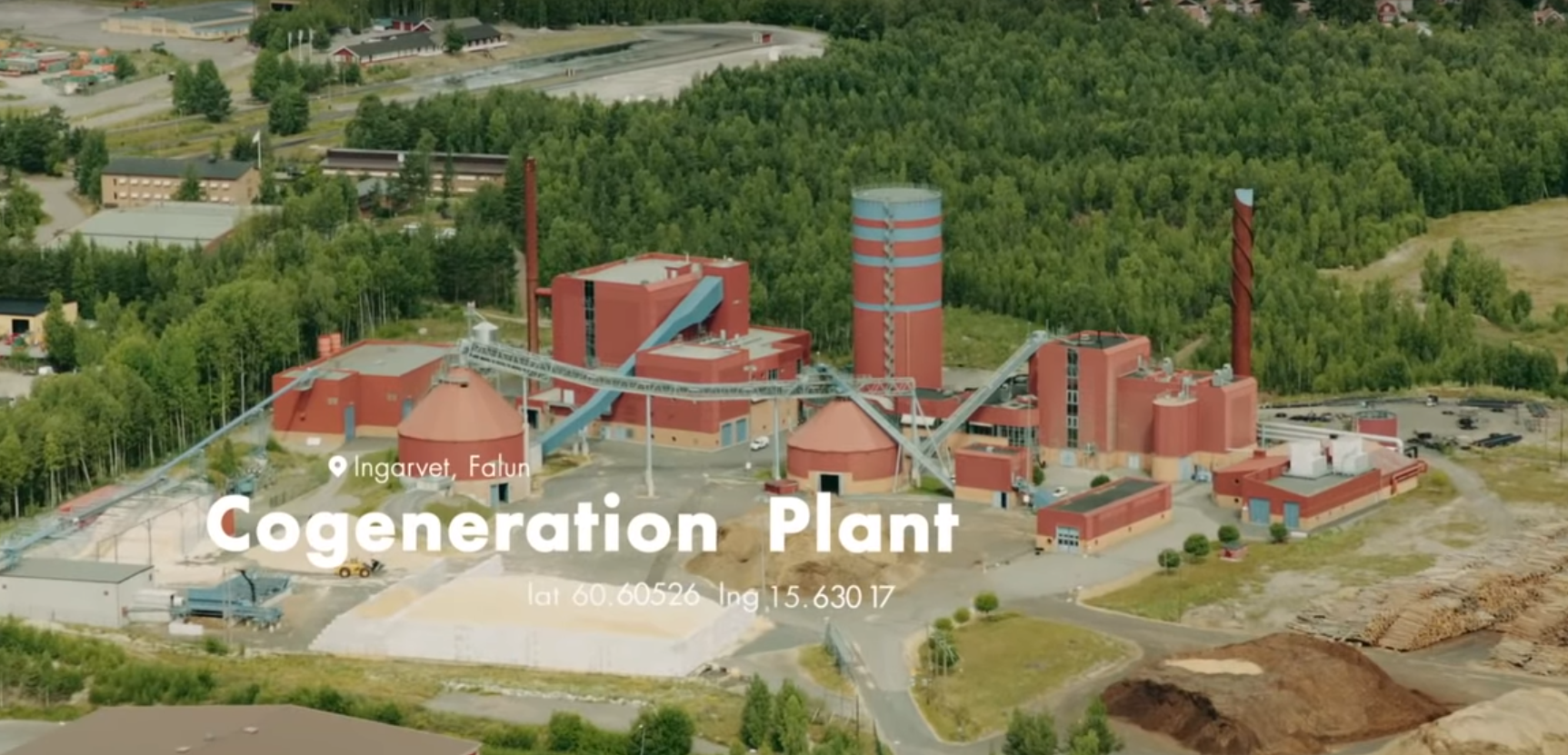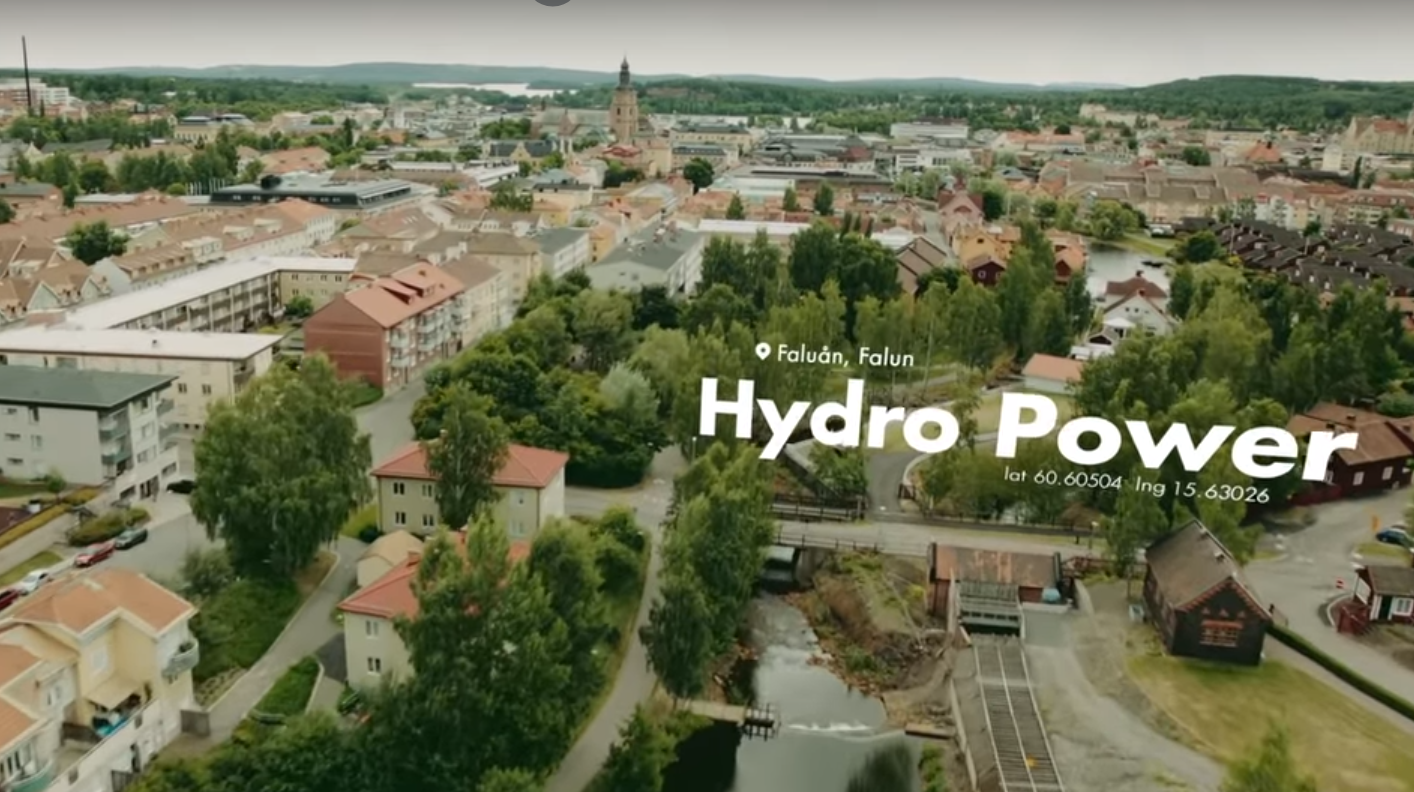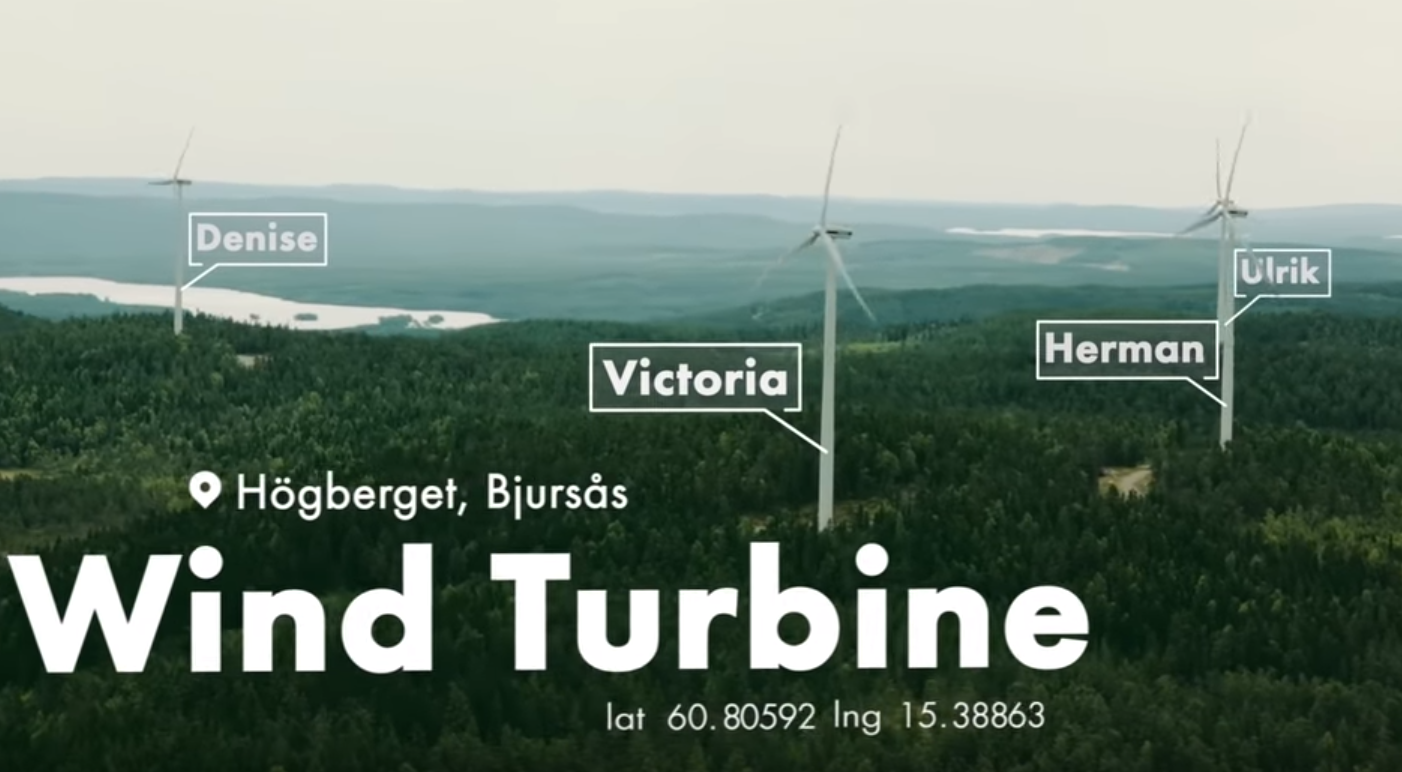EcoDatacenters - A Trip To Sustainability

That the climate change is real is not news at this point, but sometimes we focus on the wrong aspects of our life when we try to be "greener". Did you know that your phone uses more energy per year than your refrigerator? Not because of how many times you recharge it, but in terms of data traffic and the server action derived from using it on a daily basis.
Data centers around the world consume up to 25% of the global energy. In most countries, it is created using fossil fuels, which produce greenhouse gas emissions in every step of their production and usage. The amount of this kind of emissions generated by data centers only, exceed emissions from all global air traffic.
At the same time, most of this energy is wastefully converted into heat, which is mitigated by even more polluting cooling systems. This constitutes a massive threat to the environment and a huge waste of money.

Cogeneration Plant
The solution presented by EcoDatacenter is simple yet revolutionary, and they manage to create the first Data Center with negative CO2 emissions.
It all starts with what they call the “Cogeneration Plant”, where they generate electricity by burning waste wood obtained from end users (tables, chairs, etc.) as well as from major wood companies (logging waste, sawdust, etc.). The heat generated warms up steam boilers and this steam is used to move a turbine inside a generator.
Here’s where the electricity comes from, but what about all the exceeding heat? The energy used to warm the water up but does not get to make steam out of it is not wasted because that already warm water is transported into the district heating network. This avoids the need of a heating system at home, which also has a positive impact to the environment. The heat generated by the Data Center is also used to warm this water up.
This heating network is a closed circuit so when the water is cooled down, it comes back to the Cogeneration Plant to be reused. Almost 95% of all houses in the Falun district in Ingarvet, Sweden, are provided with heat generated this way, that accounts for more than 50% of all the households in the municipality.
The heat is also used to power the cooling machines and distribute cold water through the district cooling network, also used to cool down the Data Center.

Hydro Turbine at Falun river

Wind farm at Högberget
The cogeneration plant, combined with one of Sweden’s biggest solar panel field, the four hydroelectric turbines at the Falun river, the four wind turbines in the neighbor district of Högberget and the heat generated by the Data Center (which is, at the same time, cooled down with energy generated by these same actors) meet about more than half of the total energy need of Falun municipality, the rest comes from other renewable energy sources from plants further away. This means that 100% of the electricity consumed in the Data Center is renewable.
This is a clear example of “Think global, act local”. The whole Data Center and 50% of the municipality are powered by energy plants in its vicinity.
Will this become mainstream? Only time will tell.
Alejandro Martí